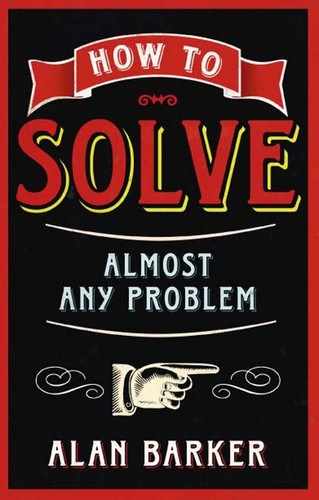Afterword
We started out on this journey, in Chapter 1, by entering the space that opens up in our heads when we’re stuck. Intuitive problem-solving is never stuck for something to do. Intuition matches a situation to a mental pattern and acts on it. When intuitive problem-solving breaks down – when we want to do something, but we don’t know what to do – we can turn to rational problem-solving.
But in opening up that space between understanding a problem and generating a solution, we’ve separated the two parts of problem-solving that ought to remain together: thinking and doing. Throughout this book, we’ve discovered that success in solving problems means bringing these two stages closer. In Chapter 11 we sought to unite them, at the moment of deciding what to do. Thinking about a problem and solving it can never truly be separated.
Herodotus’ Persians knew that a wise decision requires both rationality and intuition. The whole aim of problem-solving is to change a situation by doing something. Common sense might suggest that thinking precedes action: that problem-solving comes before solving the problem. Experience teaches us otherwise. In complex situations, there are no clear answers and no fixes – quick or otherwise. All our actions are engagements with an evolving, ever-changing reality, and the consequences of our actions can never be certain. And solving a problem will always teach us more about the problem we’re trying to solve.
In the words of Karl Weick, an organizational theorist and professor at the University of Michigan: ‘We think by acting.’
